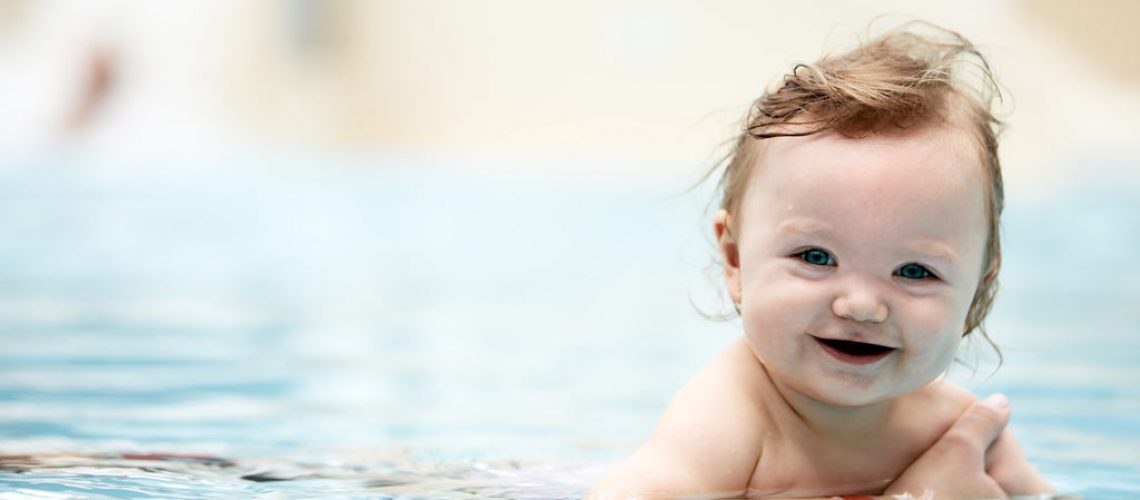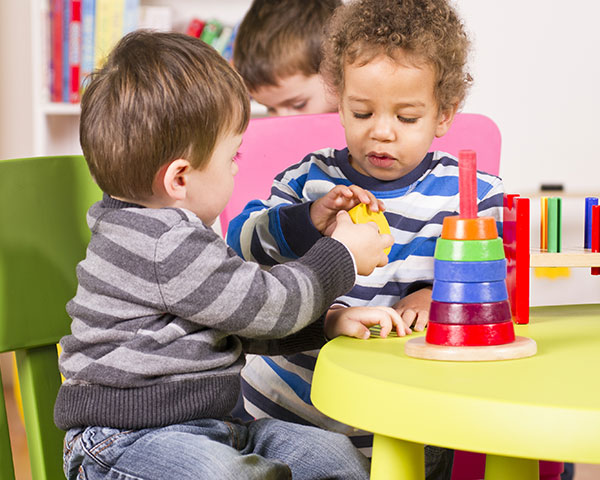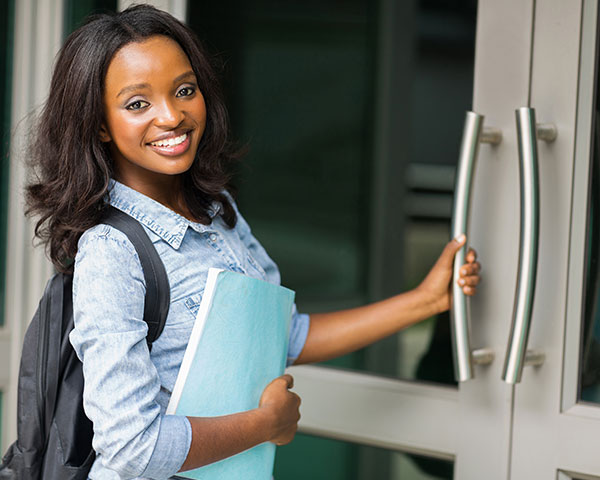Whether you’re taking a dip in a backyard pool, running through the lawn sprinklers or heading out to a public pool this summer, remember to play it safe around water. According to the Red Cross, drowning is one of the leading causes of death for Canadian children one to four years of age, second only to motor vehicle accidents. Children can drown in less than 4 cm (1½ inches) of water — enough to cover the mouth and nose. Studies have shown that many children drown when their supervisor’s attention is distracted only for a moment.
Children who are swimming or playing near the water should be constantly supervised by adults who know safety equipment and emergency procedures, including water rescue and cardiopulmonary resuscitation (CPR). Remember that a child’s best life preserver is you.
“Whether you’re taking a dip in a backyard pool, running through the lawn sprinklers or heading out to a public pool this summer, remember to play it safe around water.”
Water Safety Guidelines for Parents and Caregivers
- Empty portable wading pools and turn them upside down when not in use.
- If pools of water collect on the ground while sprinklers are running, move the sprinklers to another area of the lawn or stop the activity until the water has drained. Although sprinklers are fairly safe, children can still slip and fall on the wet grass.
- The fence around a private swimming pool should prevent direct access from the house.
- The pool fence should meet municipal height restrictions (usually more than 1.5 metres high).
- The pool gate should have a self-closing, spring lock with an inside latch placed high enough so that only an adult can open it.
- Signs should indicate the deep and shallow ends of the pool.

- All pool chemicals, including chlorine, should be safely stored out of the reach of children.
- The following safety equipment should be readily available: a nonmetal reaching pole, a throwing line with buoyant aid, a first aid kit and a poolside telephone with emergency numbers.
- Personal flotation devices (such as water wings etc.) or life jackets should never be used as a substitute for supervision.
- It’s a good idea to empty water from the pool at the end of each swimming season and to keep it covered with a tarp throughout the year.
- Teach children to be “kid smart.” Even very young children can learn basic water safety rules. Ensure that all rules are posted by the pool.
Water Safety Rules for Children
- Swim or play only when an adult is present.
- Do not run or push others in or around the water.
- Keep food and drinks away from the pool area.
- Never bring glass near the pool area.
- Riding toys should never be near the pool.
- Don’t dive. Most backyard pools are not deep enough for safe diving.
- Call for help if it is needed.
For more information about water, boating and backyard pool safety, contact the Canadian Red Cross at www.redcross.ca.












